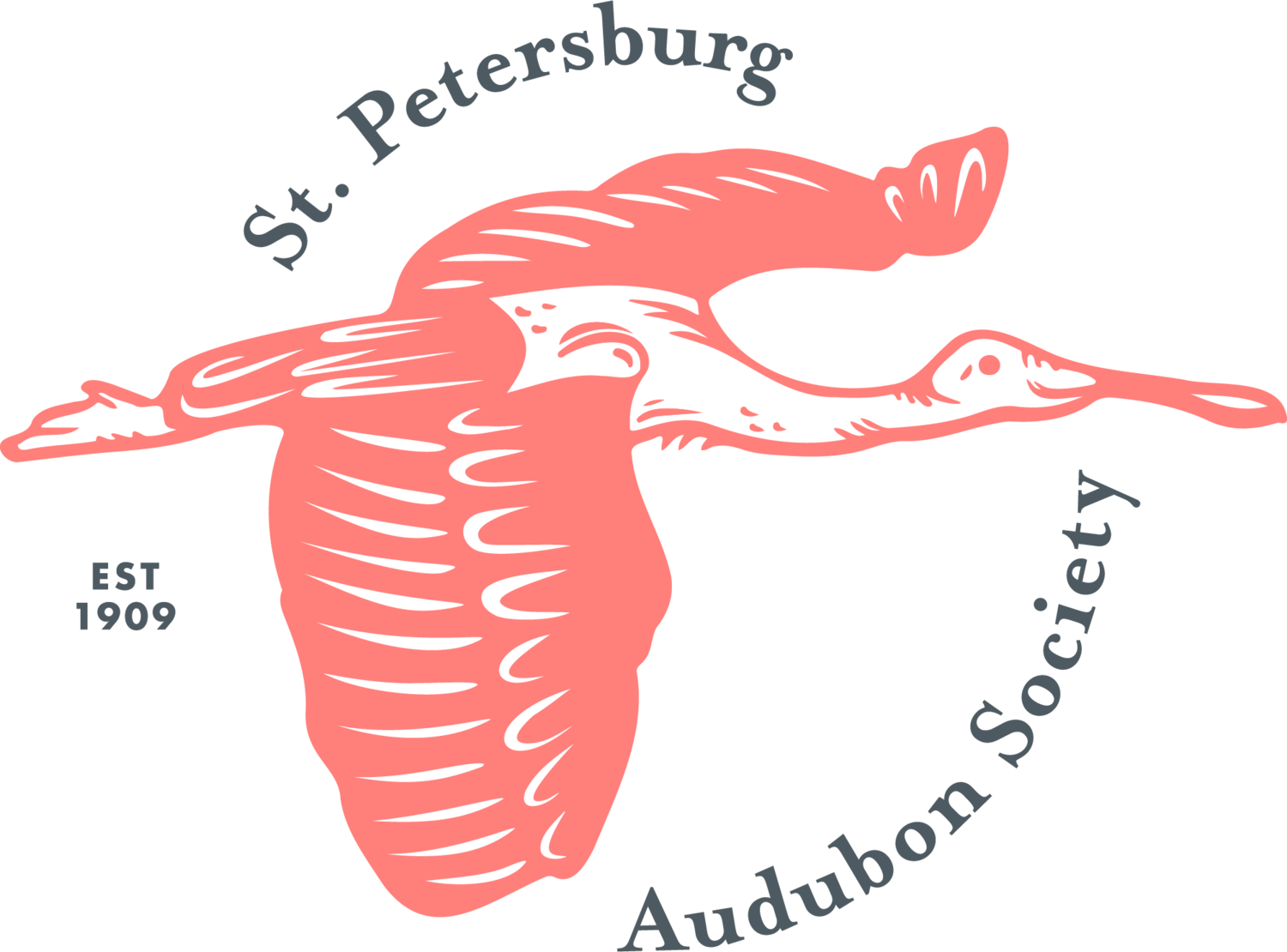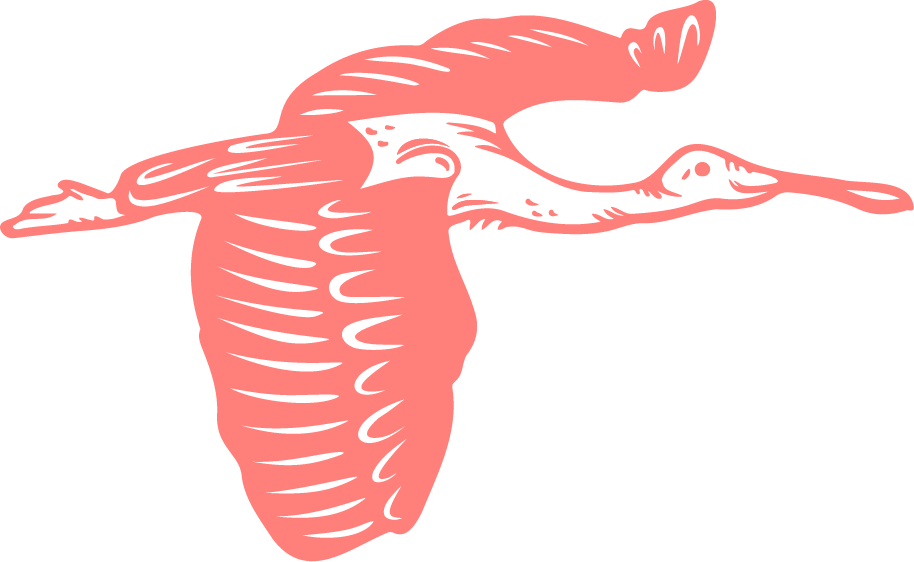A native plant wildlife oasis
It all started four years ago when my husband and I moved into our home. It was perfect, but we knew there was something we wanted to start working on immediately - changing our barren yard to one that attracted wildlife. At first, we really just wanted to use plants that were Florida-friendly; plants that could handle Florida’s climate and soil, but not necessarily providing anything of value to wildlife. We quickly realized that we wanted our yard to not just be Florida-friendly, but to be wildlife-friendly and full of Florida natives. Native plants are Florida-friendly and provide the much needed food and shelter that wildlife need to survive.
You can certify your yard as a wildlife habitat after meeting certain criteria for food, shelter, and water.
It really wasn’t difficult to turn our yard into the native jungle it is today. During our initial shopping trips and comparing Florida-friendly vs. native, we decided to start looking for plant nurseries that cater to native plants. Wilcox Nursery and Landscape and Sweetbay Nursery are our go-to’s for affordable plants, and both have staff that are incredibly knowledgeable and willing to help. I recommend both to those just starting out their native plant journey. As we started shopping, we noticed that each plant came with a description of whether it was a host plant, food plant, or both. We then wanted to be able to plant a variety of species that could provide a variety of resources to wildlife.
It didn’t take long for the birds to find us; our yard was already home to a group of blue jays. We also had a pair of northern mockingbirds that claimed our yard and a couple neighbors’ as their own. They loved the bird seed mix and suet in the new bird feeder we hung from our oak in the front. The monarch butterflies also started showing up, loving the native milkweed we planted as our first native plant. We were addicted to watching the caterpillars grow and build their chrysalises.
Passionvines provide flowers as a food source and are a host plant for butterflies.
And it’s truly that easy to have wildlife. Bird seed, a few native plants that provide nectar (flowers) or berries are very attractive to birds. Plants that provide nectar attract insects - more bird food! Larger bushes and trees provide cover for nests and even fledged chicks. After four years, we’ve now had brown thrashers and northern cardinals bring their kids to the yard to feed on bird seed and berries from the rouge plant and beautyberry. Our yard is full of bees and other pollinators that love our tea bush and native lantana. We had a ruby-throated hummingbird show up last fall to feed at the firebush! There is never a dull moment in a yard with native plants.
Mourning dove by Dean Short




